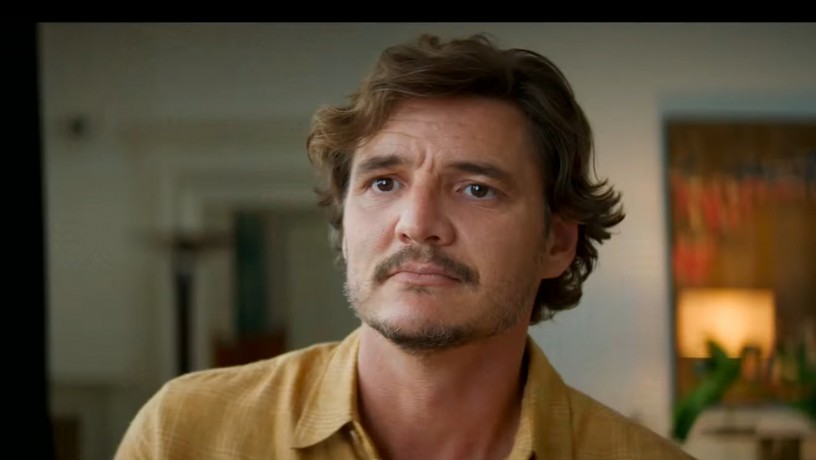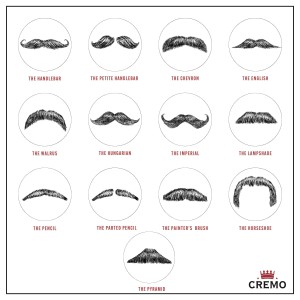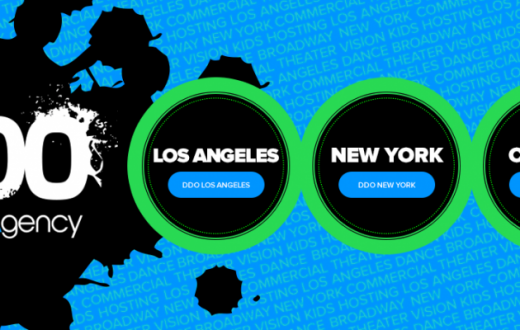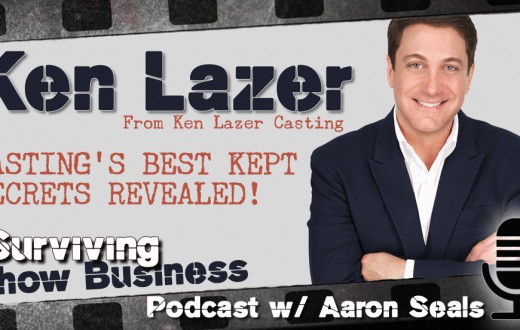In the ever-evolving landscape of the acting world, distinguishing yourself is paramount. One such avenue for male actors to consider is cultivating a mustache. This seemingly simple change can significantly impact your casting potential, offering a new dimension to your character portrayals and marketability. The same can be said beards or any combination of the two facial features. Here’s a guide on how a mustache might just be your ticket to booking more roles.
1. Understanding the Mustache Appeal
A mustache does more than just alter your appearance; it adds a layer of character and depth. It can signify various traits, from ruggedness and wisdom to villainy and comedic flair, depending on its style. Understanding the types of roles that a mustache can help you secure is the first step in leveraging its potential.
While a mustache can open doors to specific character types, versatility is crucial. Experiment with different styles to see which enhances your features and expands your casting range. Whether it’s a full handlebar or a refined pencil mustache, each style brings a new persona to the table, offering casting directors a glimpse of your range. I’ve found some in-depth information about mustache styles on Cremocompany.com
Here’s a list of various mustache styles that have been popularized over time, each with its own unique character and flair:
- Chevron: This classic style is thick and wide, covering the top of the upper lip. Think of Tom Selleck’s iconic mustache.
- Handlebar: Characterized by its twisted ends that curl upward, the handlebar mustache is a statement piece. It’s seen on figures like Rollie Fingers or Salvador Dalí.
- Horseshoe: Resembling an upside-down U or a horseshoe, this mustache extends from the corners of the lips down to the jawline. Hulk Hogan sports this style.
- Pencil: A thin, narrow mustache that outlines the upper lip, often meticulously trimmed. Think of Clark Gable or Errol Flynn.
- Walrus: This is a bushy mustache that droops over the lips, often covering the mouth. It’s reminiscent of Mark Twain or Wilford Brimley.
- English: A narrow divided mustache that begins at the middle of the upper lip, with long whiskers pulled to either side. It’s often associated with the traditional British look.
- Imperial: This style involves growing the mustache and whiskers out until they blend, creating a regal and bushy appearance.
- Dali: Thin, long points bent or curved steeply upward, named after the artist Salvador Dalí, who famously twisted his mustache.
- Fu Manchu: The mustache grows downward past the lips and on either side of the chin, often seen in depictions of the fictional character Dr. Fu Manchu.
- Lampshade: Resembling the shape of a lampshade, this mustache is similar to the chevron but with a more angular shape, sitting above the upper lip without covering it entirely.
- Painter’s Brush: Similar to the chevron, this style is less structured, with bristles that can be of varying lengths, creating a more casual appearance.
- Pyramidal: This style is wide at the top and tapers to a point at the bottom, resembling a pyramid.
3. Maintenance Matters
Maintaining a well-groomed mustache is essential. A scruffy or unkempt mustache can send the wrong message, so invest in proper grooming tools and products. Regular trimming and styling ensure that your mustache complements your appearance, showcasing your professionalism and attention to detail.
4. Embrace the Character
A mustache isn’t just a facial hair style; it’s a part of your character. Embrace the roles it suits best, and use it to enhance your performance. Whether it’s adding a touch of sophistication or a hint of mischief, let your mustache contribute to your character’s depth and authenticity.
5. Market Your New Look
Update your headshots and portfolio to include your mustached look. Highlight your versatility by showcasing different mustache styles if possible. Inform your agent and casting directors of your new appearance, emphasizing your expanded range and the new types of roles you’re targeting.
6. Feedback and Flexibility
Pay attention to the feedback from auditions and casting calls. If your mustache is consistently praised or highlighted as a distinctive feature, it’s working in your favor. However, be flexible; if the feedback suggests that it’s limiting your opportunities, consider a change.
7. Study Mustached Icons
Research actors who have successfully used mustaches to their advantage. Study how they’ve incorporated their facial hair into their roles and public personas. Learning from their success can provide insights and inspiration for your journey.
Here’s a list of actors known for their iconic mustaches, which have become almost as renowned as their performances:
- Tom Selleck – Perhaps one of the most iconic mustaches in Hollywood, Selleck’s thick, well-groomed mustache has been a signature part of his look throughout his career, especially in his role as Thomas Magnum in the TV series “Magnum, P.I.”
- Charlie Chaplin – Chaplin’s toothbrush mustache was central to his famous character, The Tramp, making it one of the most recognizable facial hairs in silent film history.
- Sam Elliott – Known for his roles in Westerns, Elliott’s bushy mustache complements his deep voice and rugged persona, making him instantly recognizable.
- Burt Reynolds – Reynolds sported a thick mustache in many of his roles during the ’70s and ’80s, becoming an emblem of his macho image.
- Clark Gable – While not always sporting a mustache, Gable’s role in “Gone with the Wind” with his distinguished mustache left a lasting impression.
- Pedro Pascal – Known for his roles in “Narcos” and “The Mandalorian,” Pascal has often sported a mustache, enhancing his charismatic and rugged characters.
- Adam Driver – While not always mustachioed, Driver has sported a mustache in several roles, showcasing a different facet of his acting range.
- Sean Connery – Though not always mustachioed, Connery’s roles with a mustache, such as in “The Untouchables,” showcased a distinguished and suave look.
- Robert Downey Jr. – As Tony Stark/Iron Man, Downey Jr.’s facial hair, including his stylish mustache, became iconic, reflecting the character’s flamboyant and tech-savvy nature.
- Daniel Day-Lewis – In “Gangs of New York,” Day-Lewis’s portrayal of Bill the Butcher included a distinctive mustache that added to his intense and menacing character.
- Jamie Foxx – Foxx has sported a mustache in various roles, showcasing his versatility as an actor.
In Conclusion
Adopting a mustache can be a strategic move for male actors seeking to differentiate themselves and expand their casting opportunities. It’s about finding the right style that complements your features and aligns with your desired roles. With the right approach and maintenance, a mustache can be a powerful tool in your acting arsenal, opening doors to a wider range of characters and narratives. Embrace the change, and let your mustache be a testament to your versatility and commitment to your craft.








